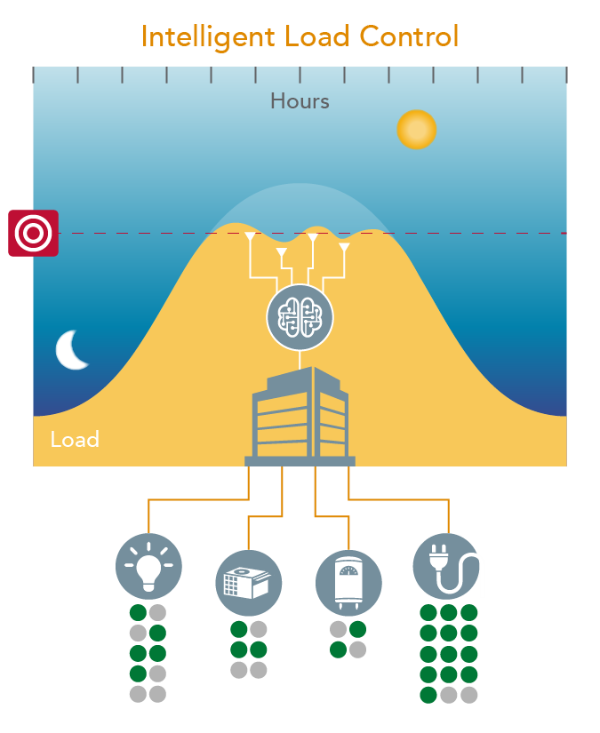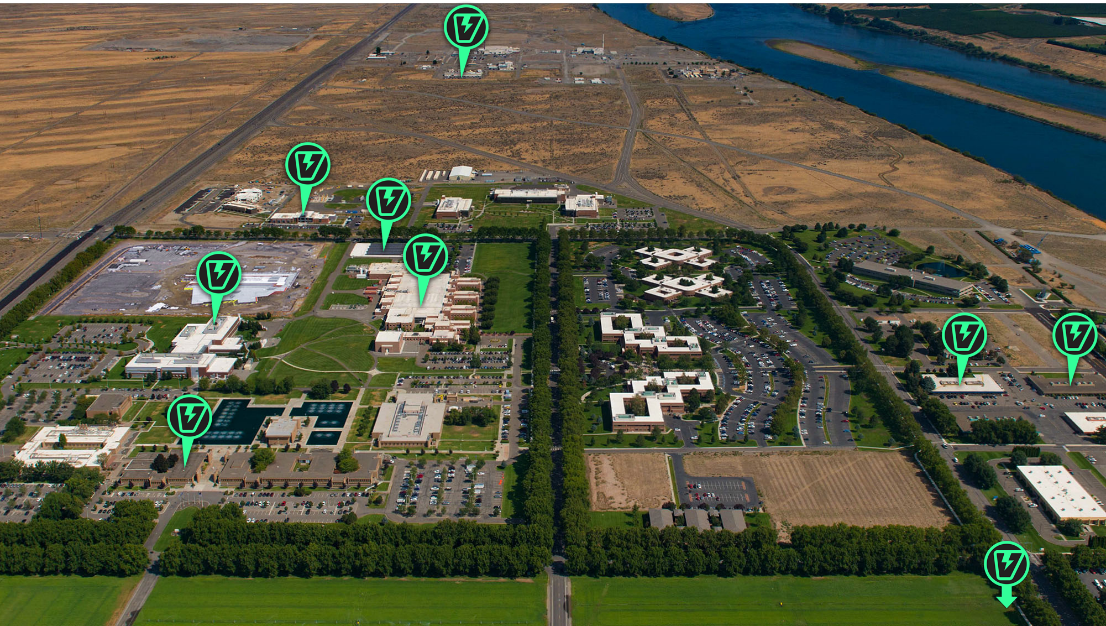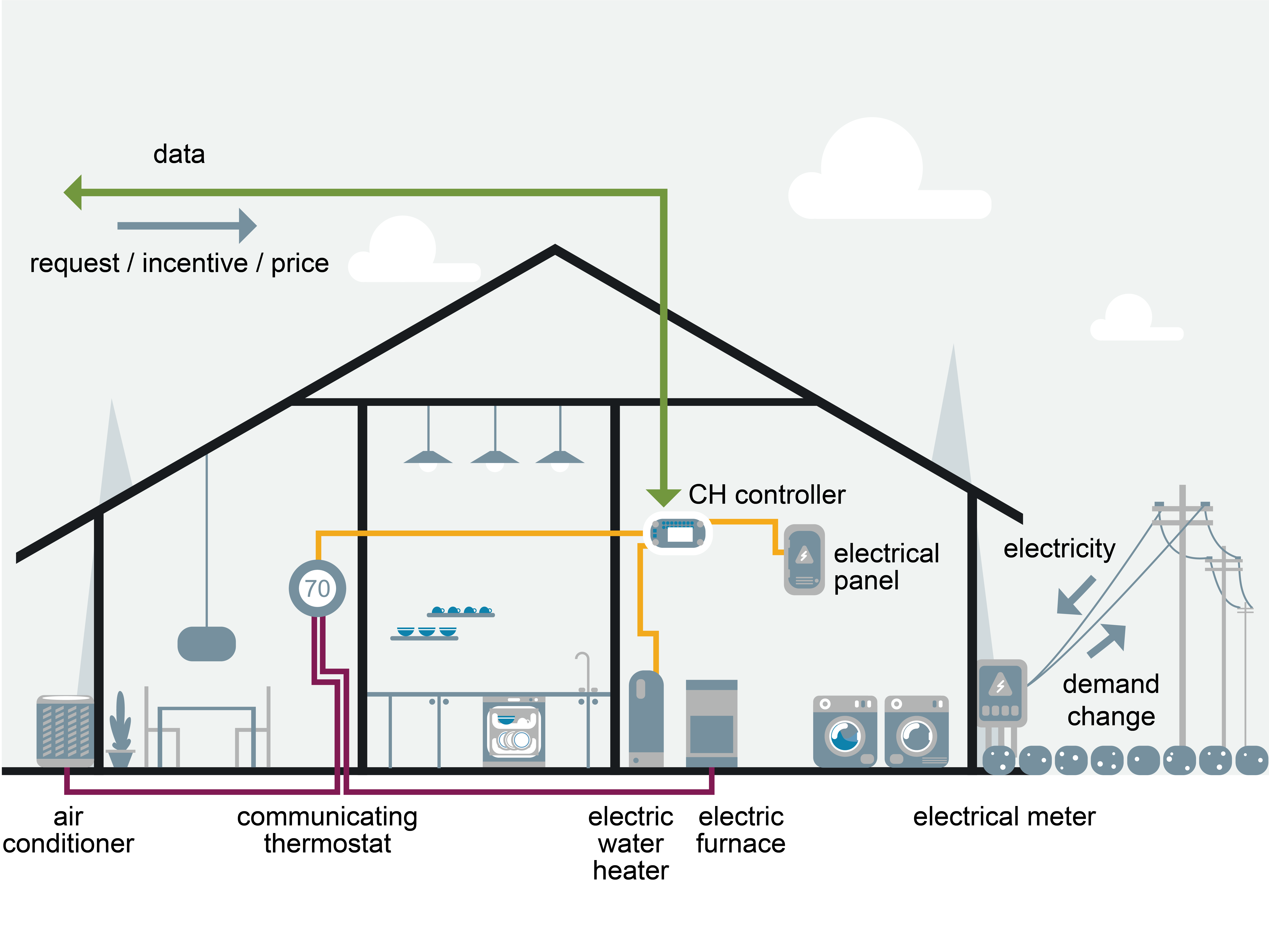ACCOMPLISHMENTS
Giving Control to SMBs
Pacific Northwest National Laboratory has been developing a low-cost central control system for SMBs to more effectively manage heating and cooling, hot water, connected lighting, and potentially other building functions. The system will be interoperable, user-centric, and retrofittable.
Impact: Researchers estimate that not only will SMB owners and managers save money and equipment life, but broad deployment of the control system potentially could deliver source energy reductions between 2,000 and 2,500 trillion Btus yearly with commensurate emissions reductions.
Getting Intelligent with the Grid
ILC was created as part of the PNNL-led Clean Energy and Transactive Campus project, an effort initially funded by the Department of Energy (DOE) and Washington State. ILC offers three primary buildings-grid capabilities: capacity bidding, which incentivizes targeted consumption reductions; transactive energy methods for enabling a rapid negotiation process between buildings and the grid; and peak power load management.
Impact: The technology’s peak power load management capability has rapidly dropped electricity demand in buildings by 10 to 20 percent, reducing grid stress while maintaining occupant comfort within an acceptable range. ILC has been successfully deployed in multiple buildings at PNNL, at the University of Toledo, in two Washington, D.C. commercial buildings, and will be central to two DOE Connected Communities projects in 2024. Next: PNNL will make ILC operational in its campus buildings to coordinate with the City of Richland’s utility in mitigating peak load constraints.
Supporting Connected Communities
PNNL is introducing technologies, including Eclipse VOLTTRON, Intelligent Load Control, Automated Fault Detection and Diagnostics (AFDD), and Automated Identification of Re-tuning or Retro-commissioning (AIRCx) to Connected Communities projects in Spokane, WA and Salt Lake City, UT.
Impact: The projects, which serve as models for future efforts, seek to transform thousands of homes and workplaces into state-of-the-art, energy-efficient buildings that interact with the grid to coordinate their energy consumption. The coordination can save energy, reduce costs and carbon emissions, improve grid reliability, and increase use of clean energy sources.
Enabling Efficiency in D.C
In addition to fault detection and diagnostic technologies that improve efficiency, PNNL also installed and tested its Intelligent Load Control (ILC) in both buildings. ILC quickly and automatically adjusts building electricity needs in response to power grid supply and demand fluctuations.
Impact: Most commercial buildings could benefit from operational improvements and the ability to communicate directly with the power grid to save energy and costs. The application deployments identified some significant energy-saving opportunities for both buildings, as well as infrastructure issues that may hinder effective use. Further, the lessons learned from the testing will help potential future users of ILC and efficiency applications reduce the effort needed to apply the technologies in buildings.
Creating a Buildings Living Laboratory
In 2016, the Department of Energy, PNNL, the State of Washington, and university partners launched the Clean Energy and Transactive Campus (CETC) project to develop and test transactive control methodologies. As part of the project, researchers utilized Eclipse VOLTTRON to create a network that linked more than a dozen PNNL campus buildings.
Impact: The project effectively established a new research resource, the Buildings Living Laboratory (BLL), at PNNL, that can be used for a wide range of technology development and deployment purposes. Through CETC, the BLL helped facilitate the development of transactive energy management technologies. These include Intelligent Load Control (ILC), which has been deployed at various locations across the nation, and Transactive Coordination and Control. As a next step, PNNL will make ILC operational in its campus buildings in Richland, WA, to mitigate peak load constraints within Richland’s city-owned electric system.
Dispatching Optimization and Savings
Economic dispatch effectively optimizes the operation of combined heating, cooling, and power system (CHP) units. This advance could be key in bringing more clean, renewable energy onto the power grid. PNNL’s method, which also could save energy and enhance grid reliability, successfully enabled economic dispatch during the New York field test at an energy provider’s plant. Results strongly suggest the system can be deployed in the field and customized at lower cost than existing options.
Impact: The technology represents a cost and performance breakthrough, and a step forward in establishing next-generation integrated energy systems. A benchmarking analysis, which examined operations during the field test and compared the economic dispatch system to the previous CHP control method, demonstrated savings on the order of $50 per day. This equates to $20,000 per year in additional profit from a CHP.
“Connected” Home Appliances
The Pacific Northwest National Laboratory-developed technology enables the heating and cooling units and hot water heaters to manage their electricity use in ways that help the grid coordinate supply and demand, while also enabling occupant cost and comfort preferences.
Impact: The technology could benefit tens of millions of homes. Working in concert with utilities and the grid, such smart appliances can quickly and automatically change their electricity demand to help even out grid variations and ultimately reduce the amount of greenhouse gas entering the atmosphere.







